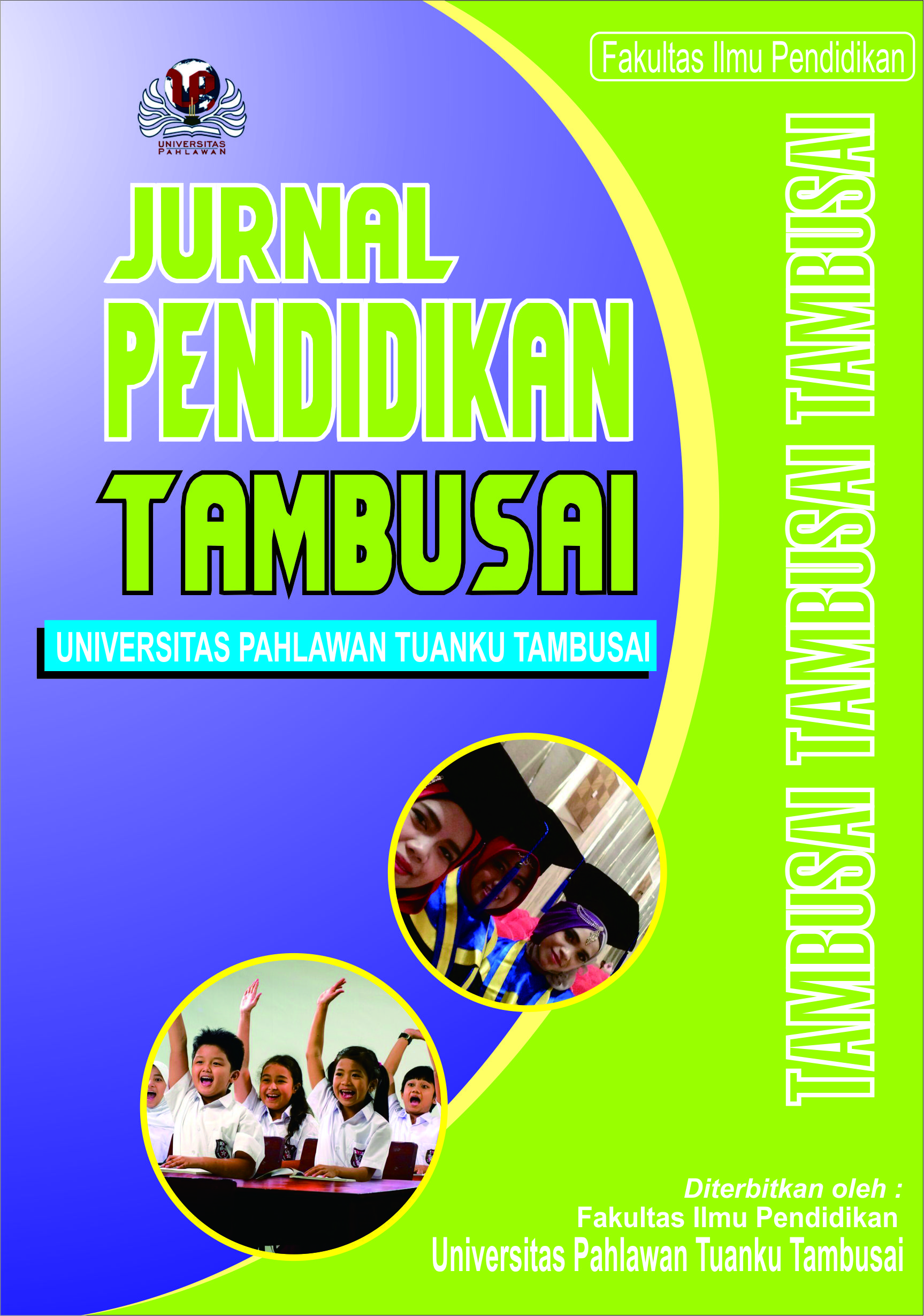Pengembangan Video Pembelajaran Menggunakan Aplikasi Doratoon pada Tema 7 Subtema 1 Kelas IV SD Swasta Nasional Penampen Medan
DOI:
https://doi.org/10.31004/jptam.v8i1.13706Keywords:
Video Pembelajaran Doratoon, Hasil BelajarAbstract
References
Arikunto, S. (2013). Prosedur Penelitian Kualitatif. Jakarta: Rineka Cipta .
Depdiknas. (2013) Pustaka Kajian Teori, K. A. Penelitian dan Pengembangan (n.d.). BAB II.
Gandamana, A. (2021). Pengembangan Media Pembelajaran Video Animasi Berbasis Animaker Pembelajaran Tema 3 Sub Tema 1 Bagai Mana Tubuh Mengolah Makanan di Kelas 5 SD Negeri 10 Rantau Prapat. In ESJ (Elementary School Journal, 11(3).
Putu, N., Octavyanti, L., Agung, G., & Wulandari, A. (2021). Video Pembelajaran Berbasis Pendekatan Kontekstual Pada Mata Pelajaran Matematika Kelas IV SD. Jurnal Edutech Undiksha, 8(1), 66–74.
Riduwan, M., Putu, G., & Buditjahjanto, A. (n.d.). Pengembangan Media Pembelajaran Visual Basic Pengembanngan Media Pembelajaran Visual Basic Untuk Mengajar Teknik Pemprograman DI Kelas X Teknik Elektronika SMK Negeri 1 Sidoarjo.
Riyanto, M., Jamaluddin, U., & Pamungkas, A. S. (2019). Pengembangan Video Pembelajaran Berbasis Aplikasi Video Scribe Pada Mata Pelajaran IPS di Sekolah Dasar. Madrasah, 11(2), 53–63.
Sugiyono, (2017). BAB III Metode Penelitian Dan Pengembangan. (n.d.-a).
________. (2017).BAB III Metode Penelitian. Metode Kuantitatif Metode Penelitian. (n.d.-b).
Susilana, R., & Riyana, (2013). Media Pembelajaran: Hakikat, Pengembangan, Pemanfaatan, dan Penilaian. Bandung: Wacana Prima.
Downloads
Published
How to Cite
Issue
Section
Citation Check
License
Copyright (c) 2024 Shinta Br Tarigan

This work is licensed under a Creative Commons Attribution-ShareAlike 4.0 International License.
Authors who publish with this journal agree to the following terms:
- Authors retain copyright and grant the journal right of first publication with the work simultaneously licensed under a Creative Commons Attribution License that allows others to share the work with an acknowledgement of the work’s authorship and initial publication in this journal.
- Authors are able to enter into separate, additional contractual arrangements for the non-exclusive distribution of the journal’s published version of the work (e.g., post it to an institutional repository or publish it in a book), with an acknowledgement of its initial publication in this journal.
- Authors are permitted and encouraged to post their work online (e.g., in institutional repositories or on their website) prior to and during the submission process, as it can lead to productive exchanges, as well as earlier and greater citation of published work (See The Effect of Open Access).



